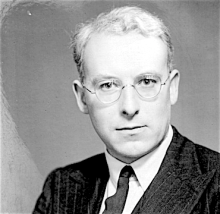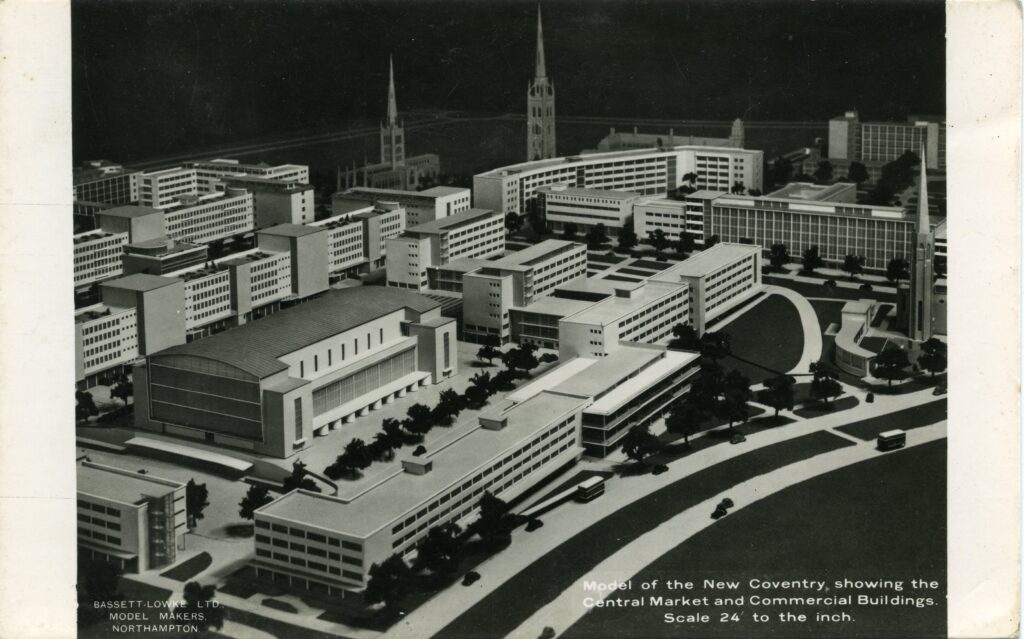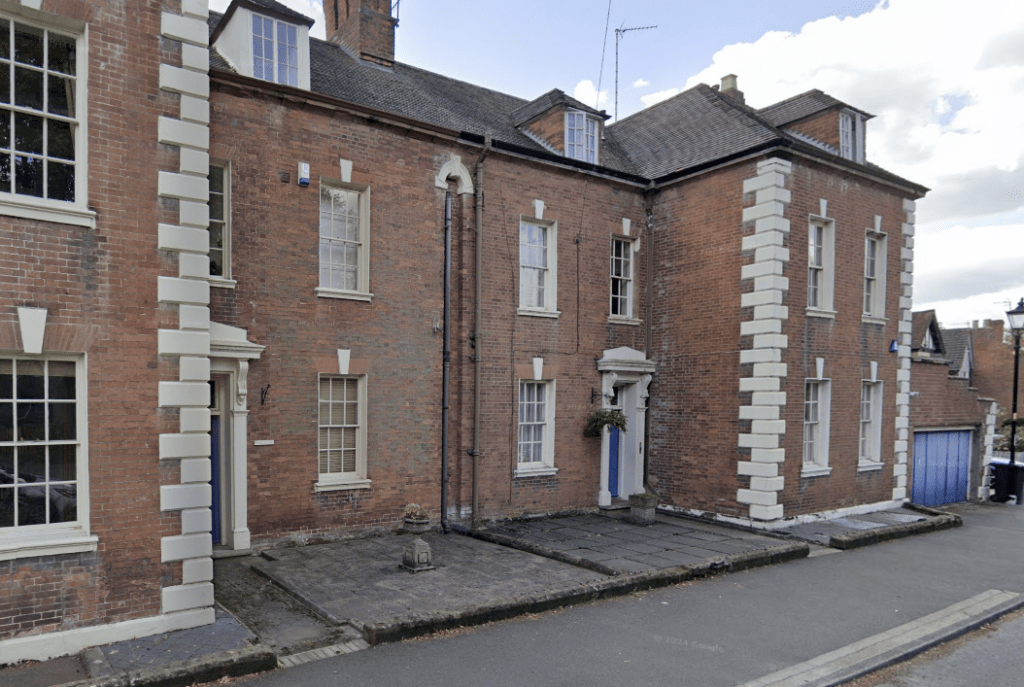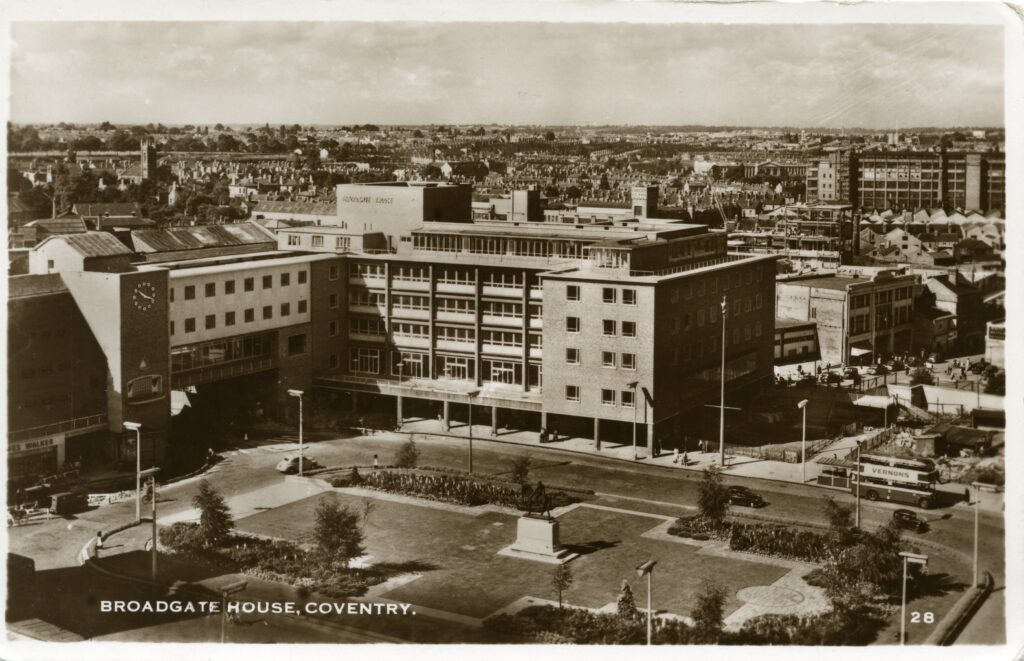
Ten things you didn’t know about Donald Gibson, Coventry’s City Architect and designer of the pioneering post-war Coventry Precinct. Historian and Coventry Society committee member, David Fry, tells us….
He was appointed as Coventry’s City Architect in 1938 at the young age of 29.
His duties overlapped with Ernest Ford the City Engineer. A civil servant at the Ministry of Works and Housing described them as ‘one suffering from too little imagination and one from too much’. It is not difficult to work out which was which.
In building his team of architects/town planners there were 700 applicants for every post.
Even before the first air raids in 1940 Gibson’s team had put together a new town plan shown in an exhibition called the ‘Coventry of Tomorrow’.

Strangely Gibson claimed in the Midland Daily Telegraph in January 1941 that ‘There will be nothing revolutionary in the design of the future city”.
Gibson’s team worked in the old Rover Showrooms in Warwick Row for which they designed a new frontage after the War incorporating many of the design themes seen elsewhere in the Precinct. It later became the Litten Tree pub which is due to be demolished as part of the City Centre South redevelopment.
Gibson’s team often met during the war at his home in Allesley at Lion House, 89 Birmingham Road that is a listed Georgian building on which Coventry Society is planning to erect a blue plaque commemorating Gibson’s stay.

Gibson post-war plan for the Precinct was delayed by a lack of money, materials and workforce but in 1946 the symbolic reference point provided by the levelling stone was unveiled. The ceremony took place on the first anniversary of VE Day, which that year took place on 8 June 1946, and was chosen by Gibson as the way to commemorate the event rather than the usual fireworks as ‘demonstrating the gateway to new hope and a new and revitalised city’.
Broadgate House was the first part of the Precinct to be built which opened in 1953. Delays in getting finance made the City Council decide to fund it themselves. It was designed in every aspect by Gibson’s team.

Gibson left his job in Coventry in 1954 after a disagreement with the Council over the staffing of his team. Coincidentally The Architect’s Journal had paid a visit that year and concluded that it was ‘the most impressive piece of civic planning that has been achieved in any of this country’s bombed city centres’. It goes on to say:
‘It had the advantage of a city architect of unusual capability and vision, and it is an incomprehensible piece of civic mismanagement that Coventry should be letting Donald Gibson go just when his years of struggle on the city’s behalf are bearing fruit’.
